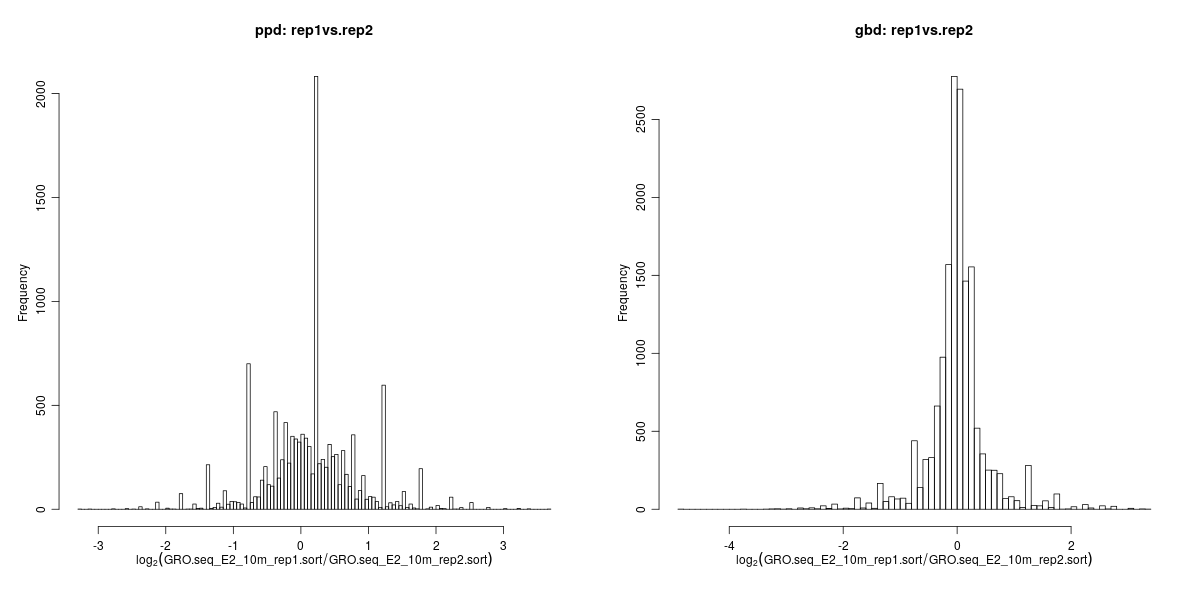

later also showed that eRNAs may directly interact with component of positive transcription elongation factor b (P-TEFB) to control transcription elongation 17. In a separate study, eRNAs are also directly involved in transcription process by acting as decoy for negative elongation factor (NELF) to promote the release of paused Pol II into productive elongation stage 16. Similarly, a recent study revealed eRNA expressed from a distal enhancer of MyoD1 ( DRReRNA) activates Myogenin expression in trans through interacting with cohesin complex 15. demonstrated that eRNAs can establish and/or stabilize chromatin looping between enhancers and promoters through interacting with components of mediator or cohesin complex 10, 14. In most situations, eRNAs act in cis to stimulate transcription of target mRNAs which are neighboring to or reside in the same topologically associating domain (TAD) with the eRNA loci 9, 10, 11, 13. However, current knowledge about their functions and mechanistic roles is limited.Įmerging evidence also suggests eRNAs are integral components of enhancer function. In addition to serving as binding hubs for key TFs, it is widely accepted that enhancers are also prevalently bound by RNA polymerase II (Pol II), generating bi-directional non-coding RNAs dubbed enhancer RNAs (eRNAs) 8, 9, 10, 11, 12. In addition, we have solidified a pivotal role of myogenic differentiation protein ( MyoD) in enhancer/SEs assembly and activation 6. This process involves MBs differentiation into myotubes (MTs) and is a critical step in skeletal muscle formation during muscle development and injury induced regeneration process 7. Our recent work consolidates this notion in the process of skeletal myoblast (MB) differentiation 6. Remodeling of TE/SE landscape often occurs in response to developmental and/or environmental stimuli, accounting for the ensuing transcriptomic change 4, 5. Compared to typical enhancers (TEs), SEs encompass larger open chromatin domains demarcated with acetylation of histone H3 at lysine 27 (H3K27ac) and enriched for master TFs binding. Clusters of enhancers, termed super-enhancers (SEs) or stretch enhancers, are thought to play especially prominent role in determining cell identity 2, 3. Transcription factors (TFs) bind these enhancer elements via embedded recognition sequences, recruit and cooperate with cofactors to modulate the target gene transcription through chromatin looping between enhancers and promoters 1. Collectively, we propose that eRNA-hnRNPL interaction represents a mechanism contributing to target mRNA activation.Ĭell-type specific transcriptional programs are generally dictated by a class of cis-acting regulatory elements known as enhancers. Furthermore, analyses of hnRNPL binding transcriptome-wide reveal its association with eRNAs is a general phenomenon in multiple cells. Disruption of seRNA-1-hnRNPL interaction attenuates Pol II and H3K36me3 deposition at the Mb locus, in coincidence with the reduction of its transcription. A CAAA tract on seRNA-1 is essential in mediating seRNA-1/hnRNPL binding and function. seRNA-1 regulates expression levels of two nearby genes, myoglobin ( Mb) and apolipoprotein L6 ( Apol6), by binding to heterogeneous nuclear ribonucleoprotein L (hnRNPL). Super enhancer (se) generated seRNA-1 and -2 promote myogenic differentiation in vitro and in vivo. Master transcription factor MyoD is crucial in activating eRNA production. We provide a panoramic view of enhancer transcription and categorization of eRNAs. Here, we study eRNA regulation and function during skeletal myoblast differentiation. Emerging evidence supports roles of enhancer RNAs (eRNAs) in regulating target gene.


 0 kommentar(er)
0 kommentar(er)
